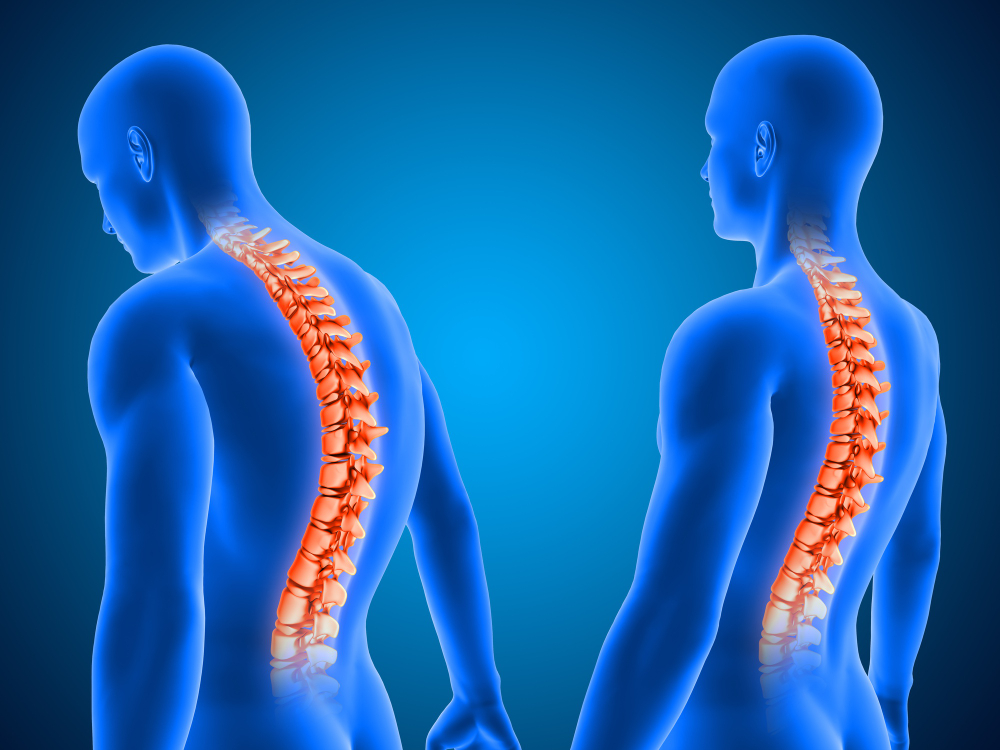


Spinal Stenosis (Spinal Canal Narrowing)
Spinal stenosis is a condition where the spinal canal narrows, resulting in pressure on the spinal cord or nerve roots. It most commonly affects the lumbar (lower back) and cervical (neck) regions and is often associated with the aging process.
Causes
Degenerative Changes (Most Common):
Disc degeneration or herniation.
Bone spurs (osteophytes) due to osteoarthritis.
Thickened ligaments (ligamentum flavum).
Congenital:
Born with a narrow spinal canal.
Other Causes:
Spinal trauma.
Tumors.
Infections.
Types Based on Location
Cervical Stenosis: Occurs in the neck region.
Lumbar Stenosis: Most commonly seen in the lower back.
Thoracic Stenosis: Rarer, occurs in the thoracic (mid-back) spine.
Symptoms
Symptoms depend on the severity of the narrowing and the pressure on the nerve structures:
Lumbar Stenosis:
Pain in the lower back and legs.
Numbness or weakness in the legs during walking (neurogenic claudication).
Relief of pain with rest or bending forward.
Cervical Stenosis:
Neck pain.
Weakness or numbness in the arms and legs.
Loss of balance or difficulty walking (myelopathy).
Advanced Cases:
Loss of bladder or bowel control (requires emergency intervention).
Diagnostic Methods
Physical Examination:
Tests for reflexes, muscle strength, and sensation.
Magnetic Resonance Imaging (MRI):
Evaluates nerve compression and the degree of canal narrowing.
Computerized Tomography (CT):
Provides detailed imaging of bone structures.
Electromyography (EMG):
Assesses the degree of nerve damage.
Treatment Methods
Conservative (Non-Surgical) Treatment:
Physical Therapy: Strengthens muscles and increases flexibility.
Medical Treatment: Pain relievers, muscle relaxants, nonsteroidal anti-inflammatory drugs (NSAIDs).
Epidural Steroid Injections: Relieves nerve compression.
Surgical Treatment (For severe or progressing cases):
Laminectomy: Removal of part of the spinal bones to widen the spinal canal.
Laminotomy: A less invasive method where a small portion of bone is removed.
Fusion Surgery: Fuses vertebrae together to provide stability.
Prognosis
Patients treated early generally have good outcomes.
Surgical intervention can be effective in improving symptoms in patients with severe neurological signs.